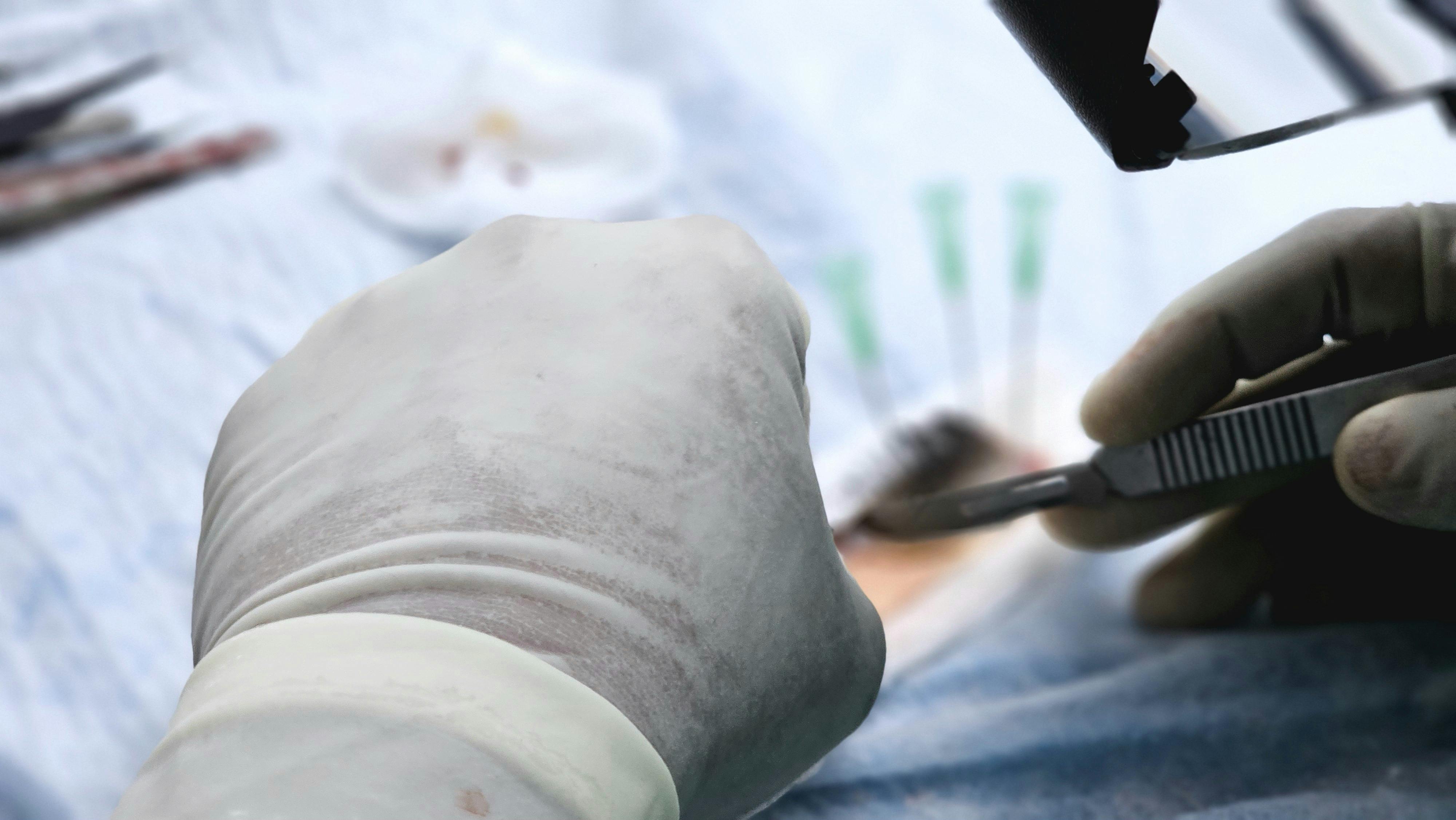Demystifying Hair Transplants: History, Process, and Modern Innovations
The human desire for a full head of hair is as old as civilization itself. From the ancient Egyptians who sported wigs, to the modern age where hair restoration therapies are a billion-dollar industry, the quest for luscious locks has been a constant throughout history. Hair transplants, a surgical procedure that moves hair follicles from one part of the body to another, have emerged as a popular solution for hair loss. This article aims to unravel the history, process, and latest innovations in hair transplant procedures.

The Historical Journey of Hair Transplants
Hair transplant surgery was first introduced in the 19th century, but the modern method of hair transplantation was pioneered in the 1950s by Dr. Norman Orentreich. His groundbreaking work in the field of dermatology, specifically the study of donor dominance, paved the way for the development of hair transplant procedures.
The 1960s saw the widespread adoption of hair transplantation as a viable solution for baldness. The procedure, however, had its drawbacks. Early methods involved the use of plugs, which often resulted in an unnatural, “doll-like” appearance.
Technological advancements in the 1980s introduced the concept of follicular unit transplantation (FUT), drastically improving the results of hair transplants. This method involves transplanting small groups of hair follicles, leading to a more natural-looking result.
The Hair Transplant Process
The hair transplant process is a meticulous one, typically performed under local anesthesia. There are two primary methods employed today: Follicular Unit Transplantation (FUT) and Follicular Unit Extraction (FUE).
In the FUT method, a strip of scalp is removed from the back of the head, and the hair follicles are then separated and implanted into the balding areas. The FUE method, on the other hand, involves the individual extraction of hair follicles, which are then transplanted to the thinning areas. Both methods have their pros and cons, and the choice between the two usually depends on the patient’s hair loss pattern, budget, and personal preference.
The Impact and Reception of Hair Transplants
Hair transplant surgery has had a profound impact on the lives of millions of individuals suffering from hair loss. It has not only restored their hair but has also significantly improved their self-confidence and overall quality of life.
The reception towards hair transplants has also evolved over the years. While initially met with skepticism, the procedure has gained acceptance and popularity, thanks to its improved results and the growing awareness about hair loss treatments. Today, hair transplants are considered a safe and effective solution for hair loss.
Modern Innovations in Hair Transplants
The field of hair transplantation is constantly evolving, with new techniques and technologies being developed to improve the outcomes of the procedure. One such innovation is the use of robotic systems, like the ARTAS system, for performing hair transplants.
Robotic hair transplants offer several advantages over traditional methods. They can extract and implant hair follicles with greater precision, minimizing damage to the surrounding tissues. They also reduce the chances of human error, leading to better results.
Another significant advancement is the use of regenerative medicine in hair transplants. Techniques such as Platelet-Rich Plasma (PRP) therapy and Stem Cell therapy are being incorporated into the transplant process to enhance hair growth and improve the overall result.
The Future of Hair Transplants
The future of hair transplants looks promising, with continuous advancements in technology and techniques. The focus is shifting towards minimally invasive procedures that offer faster recovery times and better results.
The field is also exploring the potential of hair cloning or hair multiplication. This could revolutionize hair transplants by eliminating the need for donor hair, thus providing a limitless supply of hair for transplantation.
In conclusion, hair transplants have come a long way from their early days. With ongoing research and innovation, they offer a ray of hope for those struggling with hair loss. As we continue to understand the complexities of hair growth better, it’s safe to say that the best is yet to come in the world of hair transplantation.




